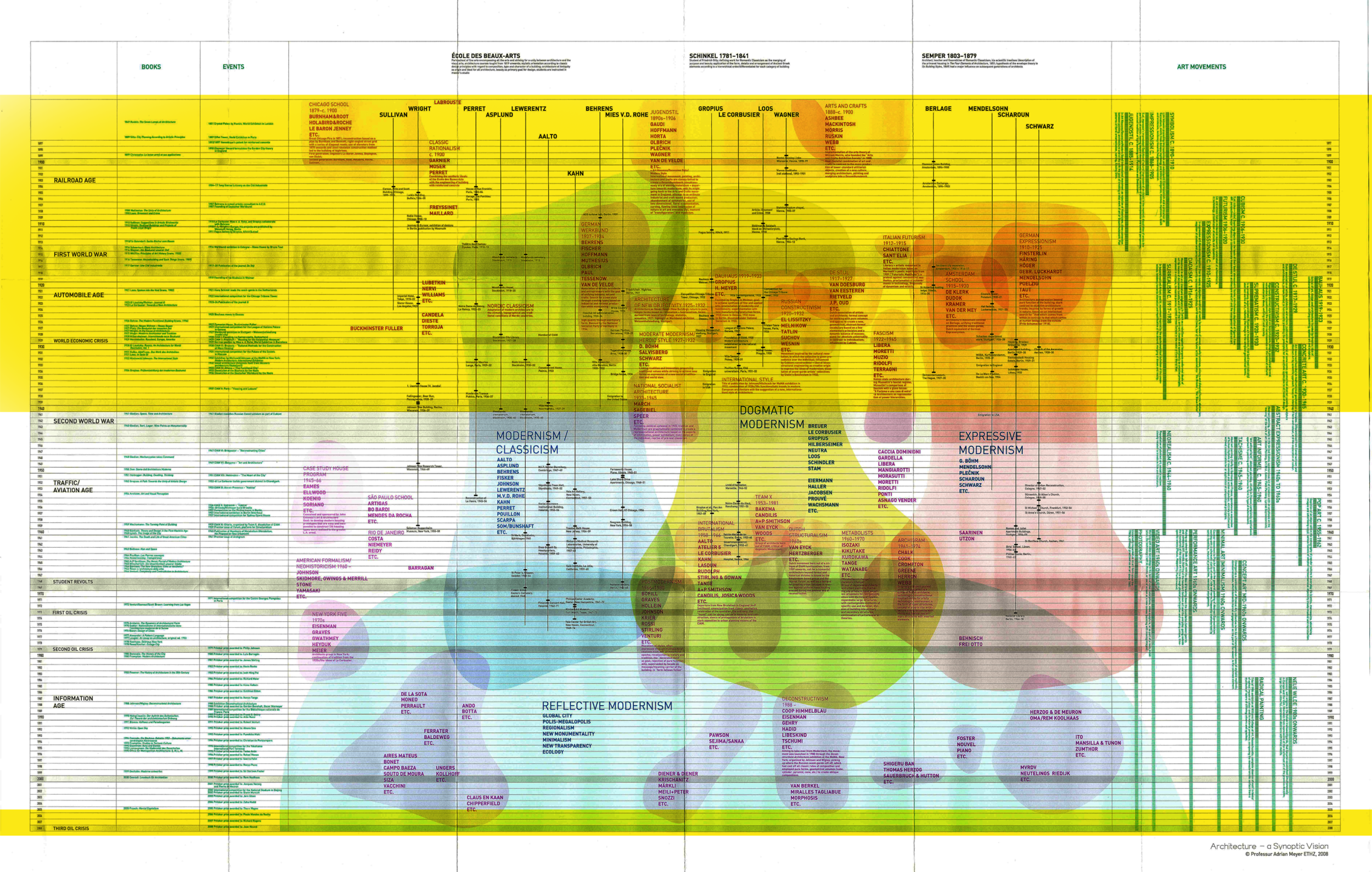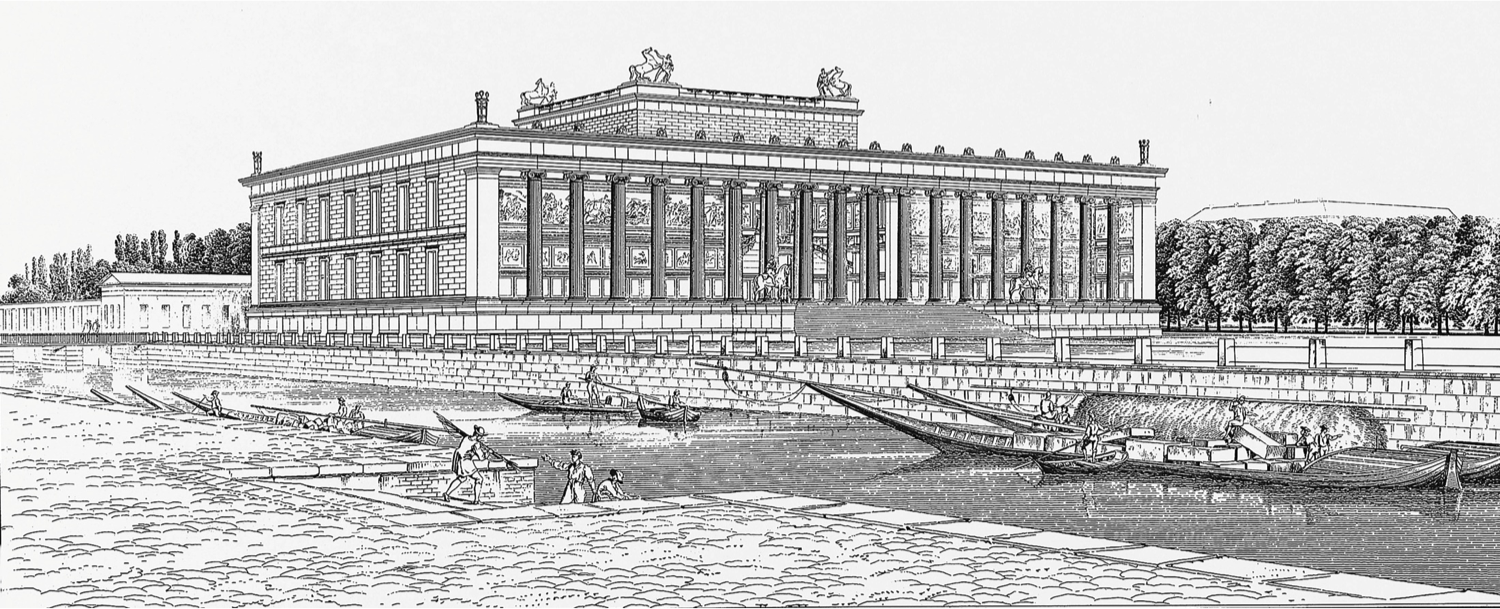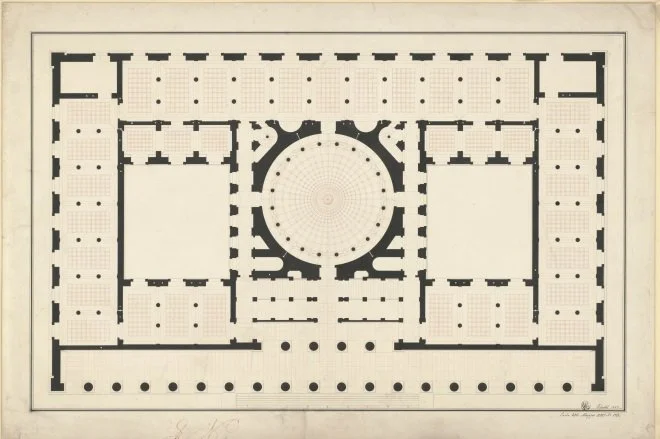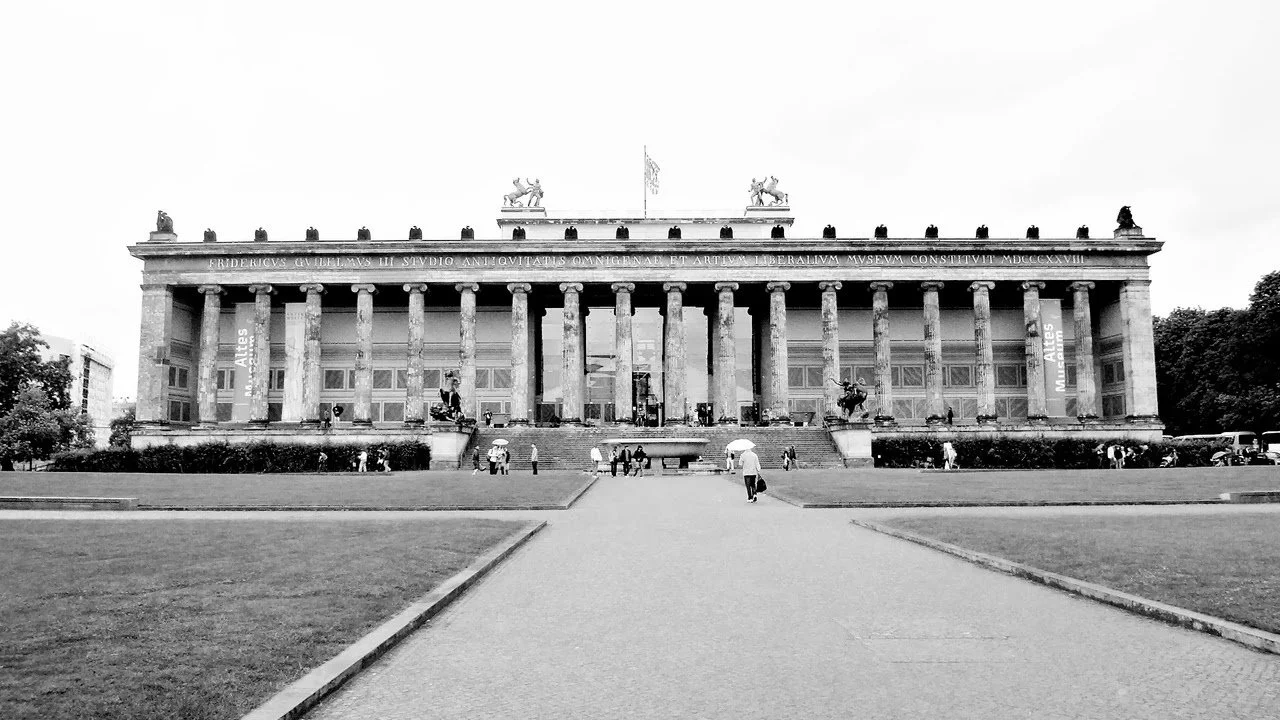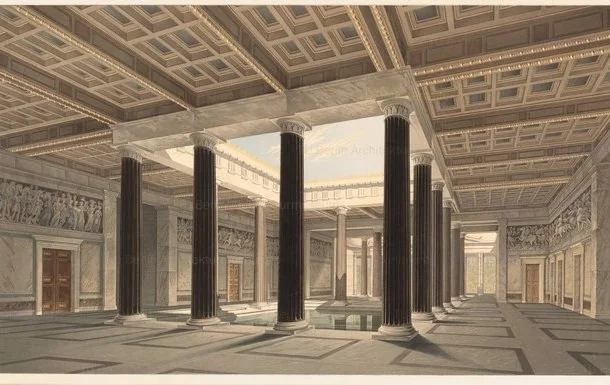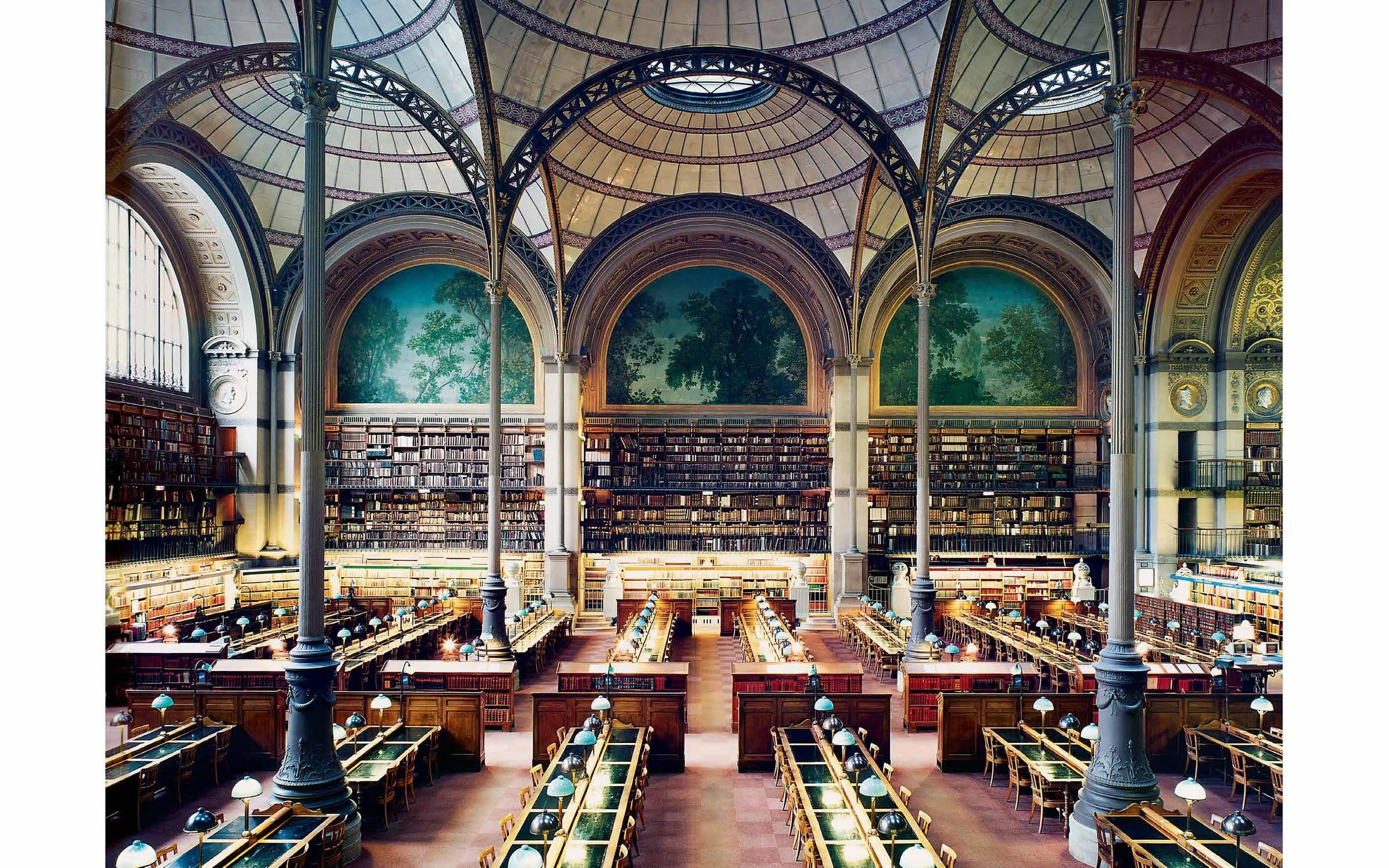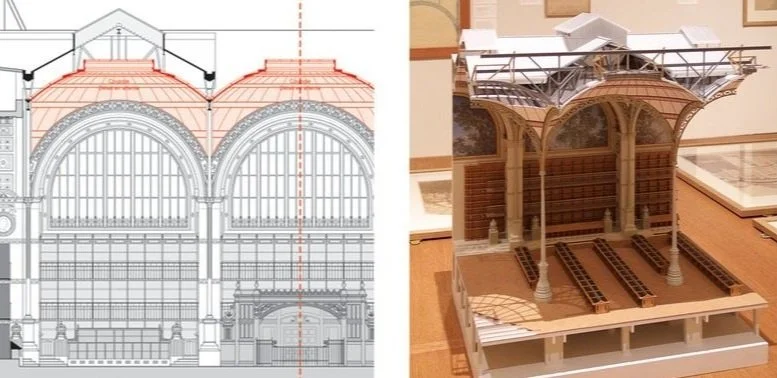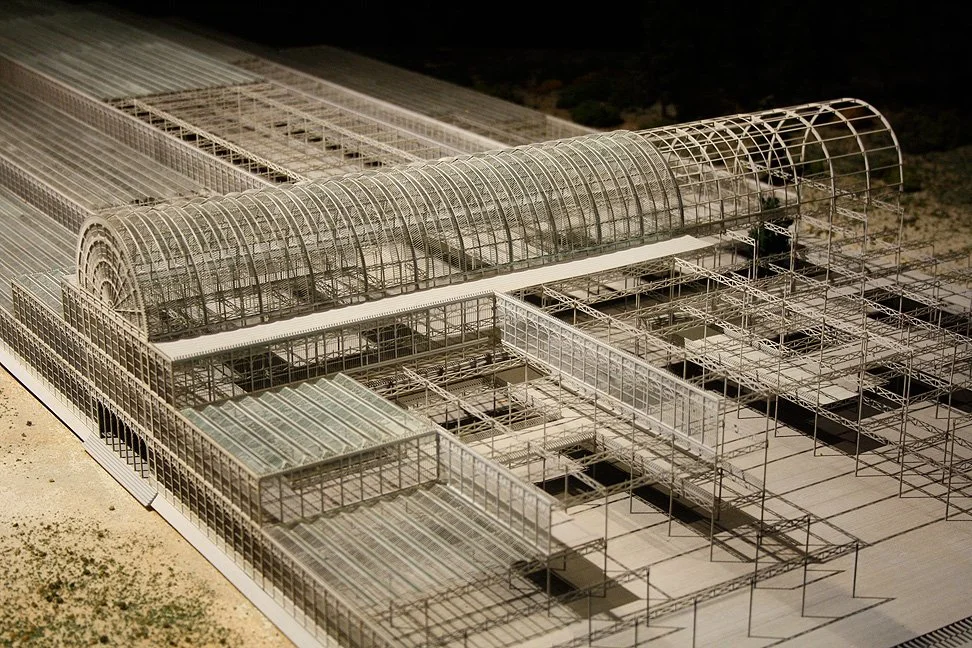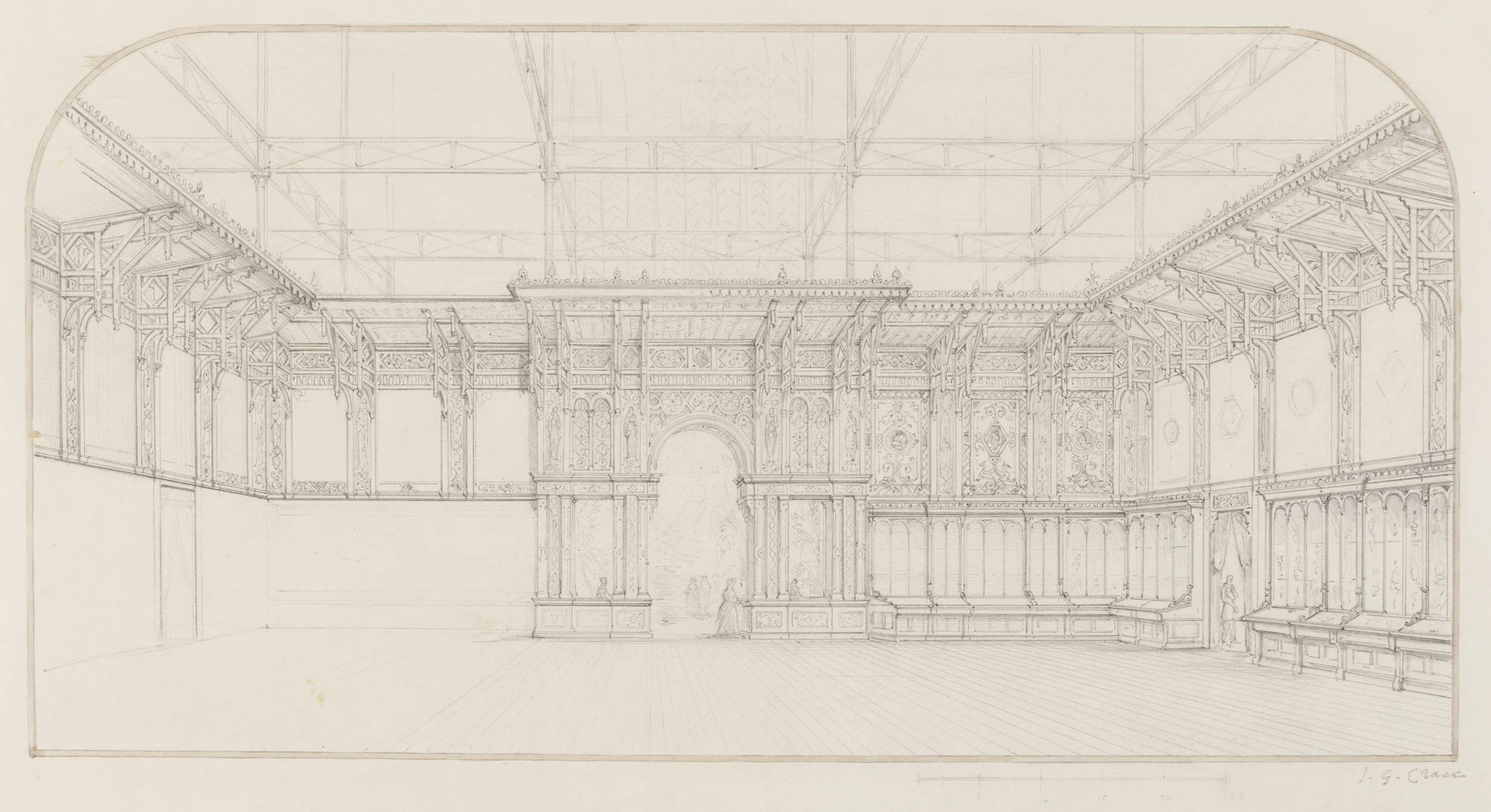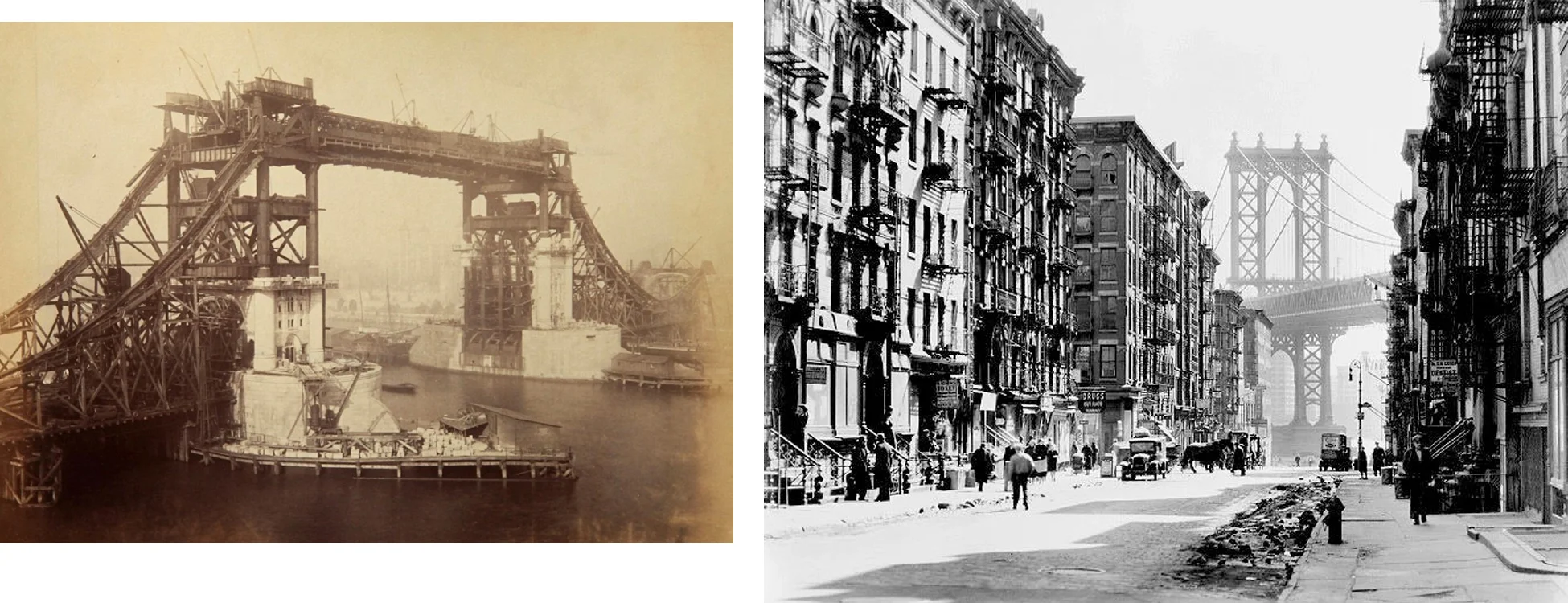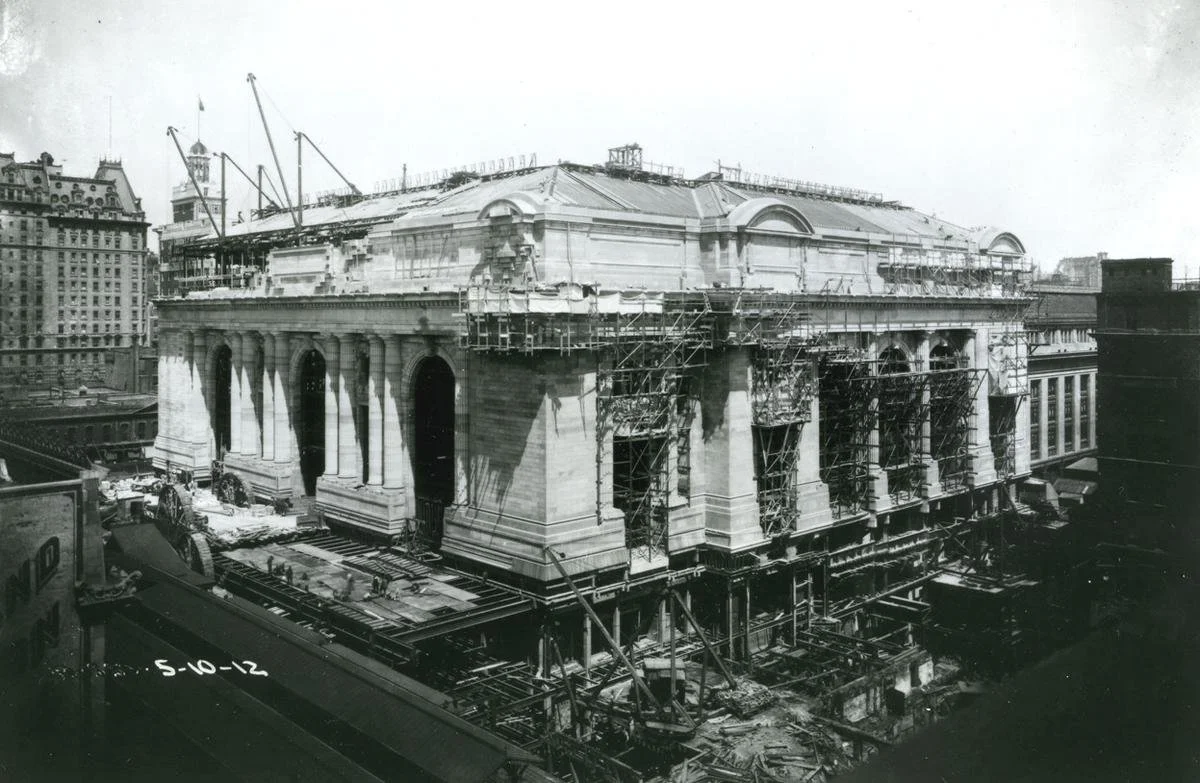SCHINKEL, ALTES MUSEUM, 1823-1830
LABROUSTE, BIBLIOTHEQUE NATIONALE, 1854-1875
CHARLES GARNIER, OPERA DE PARIS, 1861-1875
PAXTON, CRYSTAL PALACE, 1850
CENTRAL PARK, NYC 1857-1876
WORLD FAIR, CHICAGO, 1893
WORLD FAIR, PARIS, 1889
GALERIE DES MACHINES, 1889
GRAND CENTRAL STATION, NYC 1903-1913
CURTAIN WALL SYSTEMS
Altes Museum, 1823-1830, Karl Friedrich Schinkel, Berlin’s first museum and the nucleus of the Museum Island
Henri Labrouste. reading room, Bibliothèque nationale, Paris. 1854–75……Henri Labrouste: Structure Brought to Light is divided into three sections: The Romantic Imagination; Spaces of Knowledge; and Prosperity and Affinities. The exhibition’s first section covers the period from 1818, the start of Labrouste’s artistic training, to 1838, tracing the development of Labrouste’s philosophy of architecture and practice in two settings—ancient Rome and modernizing Paris—which Labrouste conceived of as architectural laboratories. During the five years Labrouste spent at the French Academy in Rome, he began to explore a notion of architecture as the product of layers of history, societies in evolution, and of historical change, and he proposed a new approach to architecture’s capacity to carry social meaning.
opera de paris, charles garnier, 1861-1875
crystal palace, joseph paxton, london, 1850
…………..The creation of a large park in Manhattan was first proposed in the 1840s, and a 778-acre (315 ha) park approved in 1853. In 1857, landscape architects Frederick Law Olmsted and Calvert Vaux won a design competition for the park with their "Greensward Plan". Construction began the same year………..the park's first areas were opened to the public in late 1858. Additional land at the northern end of Central Park was purchased in 1859, and the park was completed in 1876.
……….World’s Fairs — later defined as International Expositions — are specific types of urban events with a long tradition. World’s fairs introduce to their public a new vision displayed through images, representations and spectacles……….A genealogy of international exhibitions might begin with medieval fairs, half–religious and half–carnivalesque. Fairgrounds became in–between places and out of ordinary situations where the exchange of luxuries and exotic goods took place once or twice a year. Within fairgrounds, strangers met and set up an economic performance, acting as functions of buyers and sellers outside the ordinary social context. Medieval fairs were a temporary break of medieval city and village life tempo………
The Chicago World’s Fair marketed and shaped an imaginary of the city and of urban everyday life adequate to the new economic and social conditions of America. The exact manner by which organizers of the Fair tried to accomplish this task had a lasting effect on the content of that very imaginary, as ‘the spectacle of the city’ contributed to promote the ‘city as spectacle’.
grand central station, 1903-1913
The story of the curtain wall: new developments in metal framing, glass production, and glass mounting and sealing technology had resulted in increasingly daring innovations throughout the second half of the 19th century. Greenhouses, exhibition halls, train sheds, department stores, factories, office buildings and collieries all capitalized on the new developments.
